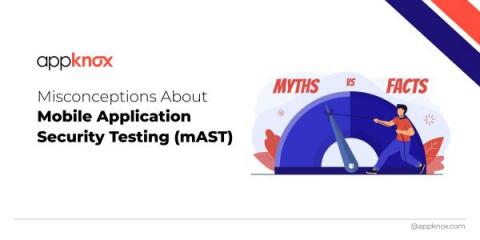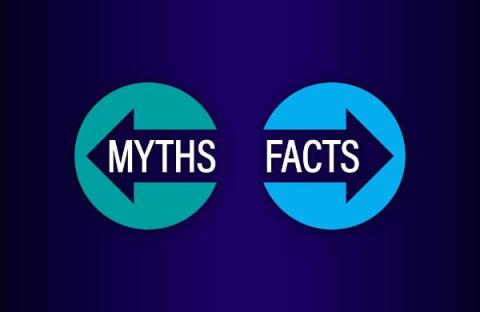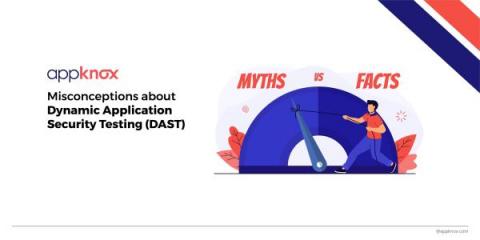Jazzer.js Brings Effective Fuzzing to JavaScript (Open-Source)
TL;DR Fuzzing JavaScript is easy now In this post, we introduce you to our new open-source fuzzer for the JavaScript ecosystem, Jazzer.js. Jazzer.js is a coverage-guided, in-process fuzzer for the Node.js platform. It’s based on the experience we gathered developing its namesake Jazzer, our fuzzer for the JVM platform. Internally, Jazzer.js uses libFuzzer as a solid industry-standard engine and brings many of its instrumentation-powered mutation features to JavaScript.











